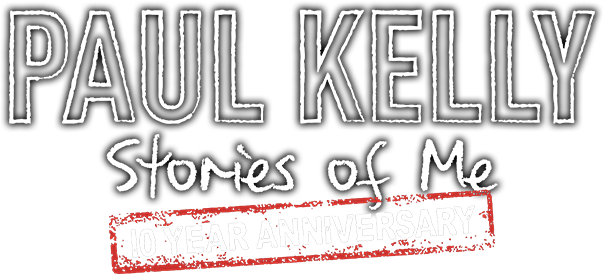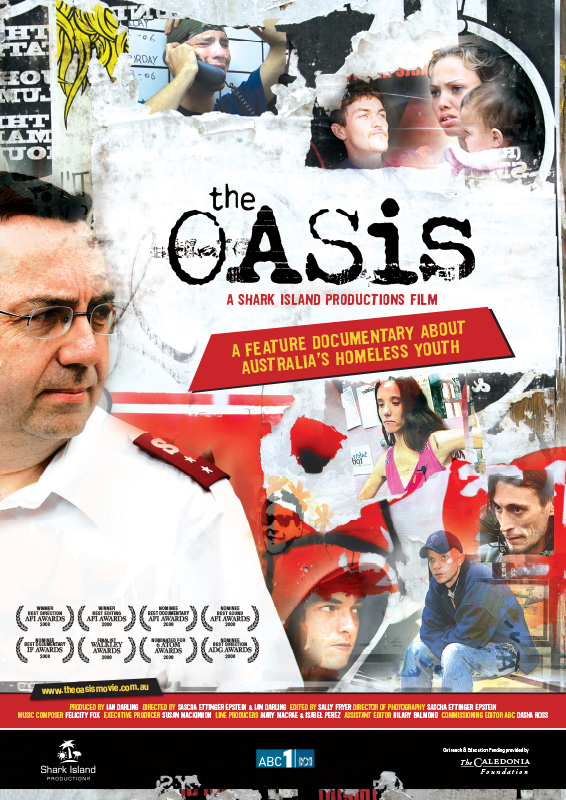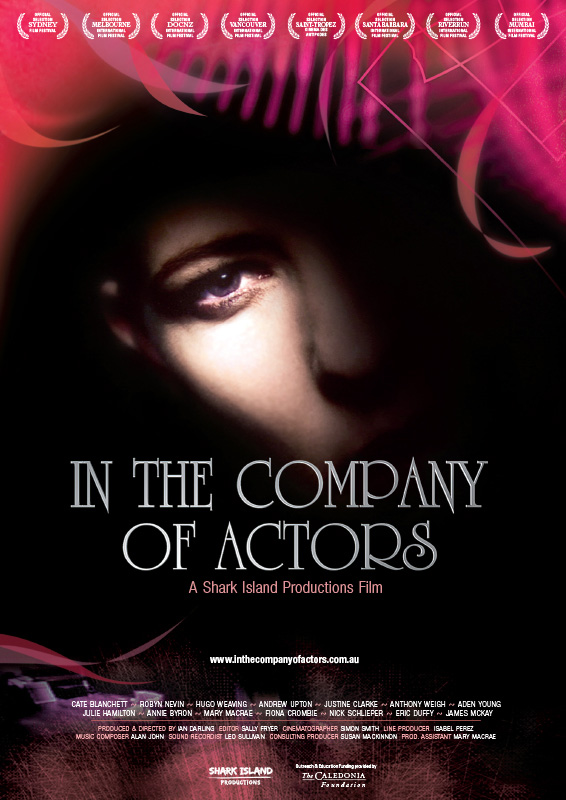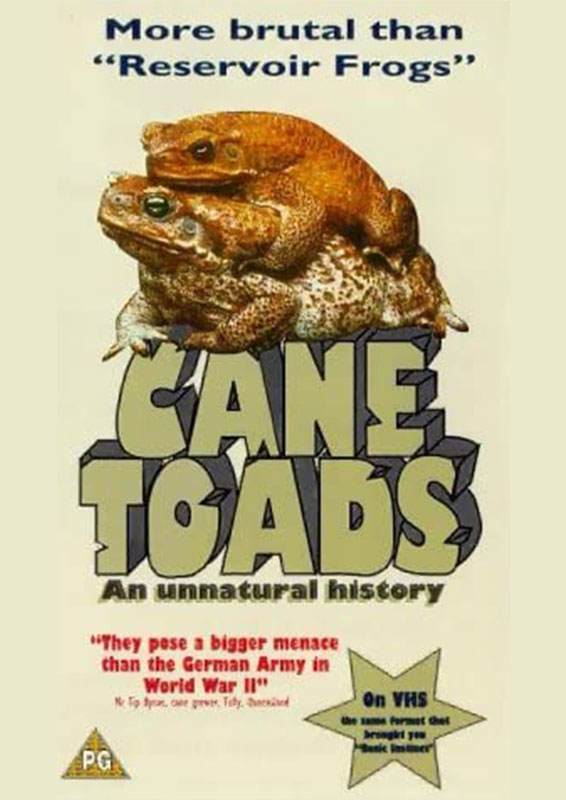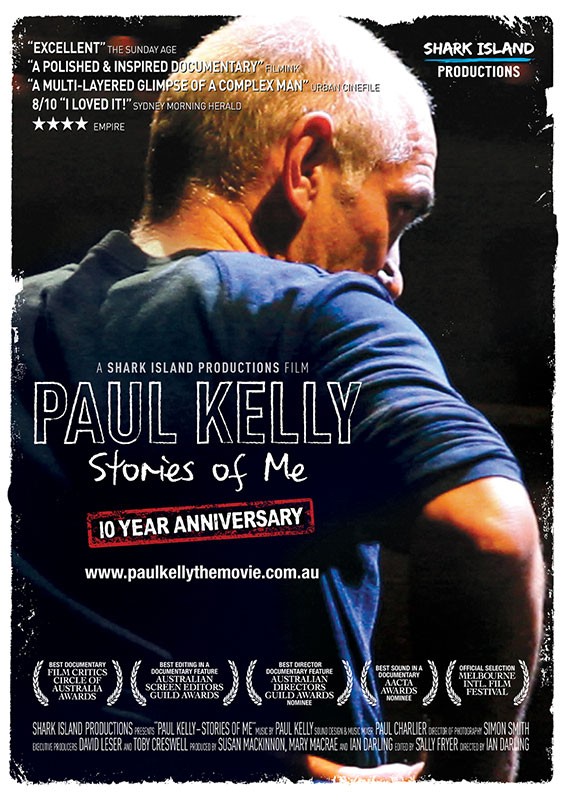Student’s Lesson
Expectations of Documentaries
Student Activity 1: How does a documentary represent the world?
What do you think a documentary is? Look at the posters below and from them determine the conventions for a documentary. How do these posters confirm or challenge your expectations of the genre?
Download the interactive PDF Form: Expectations of Documentaries
The statements below are based on various sources.[1] Tick which statements you agree with. If you agree, try to think of an example of a documentary that fits in with this view of representation.
|
Agree? |
Statements |
| Documentaries often cross between fact and fiction so they aren’t real. | |
| Documentary makers use all their skills to manipulate the audience towards their own views. | |
| In a documentary we see only the view of the world that the filmmaker chooses to show. | |
| Documentaries are important ways of understanding social issues and problems and possible solutions. | |
| Documentary film is a type of public memory. | |
| Documentary gives an interpretation on historical issues. | |
| Documentary is “perpetual negotiation between the real event and its representation” with the “ultimate aim to be the authentic representation of the real”. | |
| Documentary “is unable to give an undistorted purely reflective picture of reality”. | |
| A documentary is a creative treatment of actuality. | |
| Documentary presents facts for examination. | |
| Documentary is not ever objective but takes a side. | |
| A documentary film is about factual events. |
Now work in pairs and write an explanation of how documentaries represent the world.
In 1926, the term documentary was coined by John Greerson who defined documentary as the ‘creative treatment of actuality’[2]. Most people would regard a documentary as being based on real or factual events but the definition is rapidly changing as ‘creative treatment’ and changes in technology allow us to represent reality to the point where the representations themselves can become a reality.
Small group activity:
Place these types of text in order of ‘reality’, 1 being the closest representation of reality and 6 being the furthest away from reality.
|
Type of text |
Reality ranking 1–6 |
| Interview | |
| Historical re-enactment | |
| Reality show such as ‘Big Brother’ | |
| Documentary | |
| Current affairs show | |
| News report |
Does the order of your list differ from the order decided by other groups in the class?
What issues were raised in reaching your decisions?
HOW WE READ AND WRITE STORIES / PURPOSE OF A DOCUMENTARY
To explore the practicalities of making documentaries, continue at:
CREATING TEXTS / MAKING THE DOCUMENTARY
The idea of documentary relates to the methods of historians who rely on written documents and manuscripts as primary sources of evidence. Using all the tools of film-making: camera, sound, actors, images and words, documentaries create a sense of authenticity within the narrative form.
